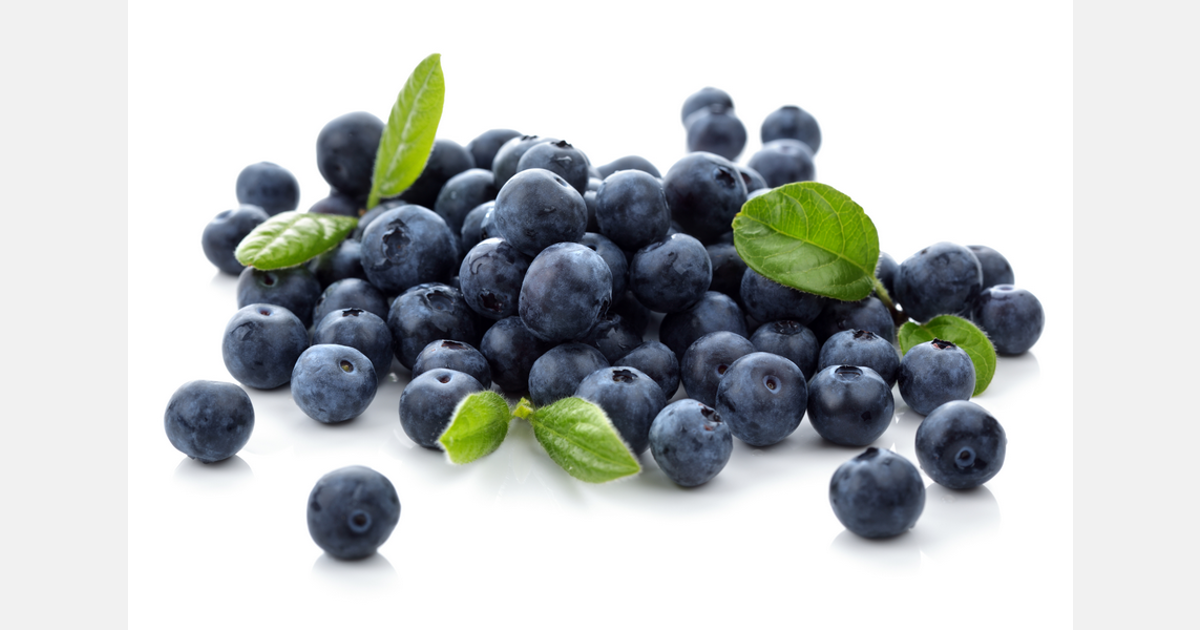Blueberries (Vaccinium spp.) are small fruit crops native to North America but grown commercially in several countries.
There has been a steady increase in consumer demand for blueberries, owing to their numerous health benefits attributable to the high content of antioxidant compounds. Despite its importance, limited genomic resources are available, hindering genetic research and improvement in blueberry. In this study, researchers developed novel transcriptome-derived simple sequence repeat (SSR) markers from two divergent blueberry species. Researchers identified 64,013 SSRs from 208,286 unigenes de novo assembled from 135 million high-quality sequence reads. SSRs with mononucleotide repeat motifs were most abundant, followed by di-, tri-, tetra-, penta-, and hexanucleotide repeat motifs. The repeat motif AG/CT was most abundant (84%) compared to the other three dinucleotide repeat motifs, AC/TG, AT/TA, and CG/GC. Similarly, AAG/CTT and AAAT/ATTT were the most abundant tri- and tetra-nucleotide repeat motifs, respectively. Researchers designed 33,179 primer pairs from 64,013 SSR motifs. Genomic coordinates of these primers were identified using a chromosome-scale reference genome sequence of diploid blueberry clone W85-20. After discarding those markers mapped with MapQ
Thus, the transcriptome-derived SSR markers developed in this study could serve as a valuable resource for further genetic and evolutionary studies in Vaccinium species.
Kulkarni, K.P., Appiah, R.K., Johnson-Cicalese, J. et al. Generation and characterization of novel transcriptome-derived SSR markers for genetic applications in blueberry. Sci Rep 15, 25050 (2025). https://doi.org/10.1038/s41598-025-10317-2
Source: Nature Magazine
Frontpage photo: © Flynt | Dreamstime
Publication date:
Mon 14 Jul 2025
